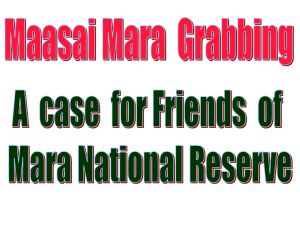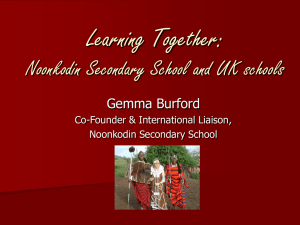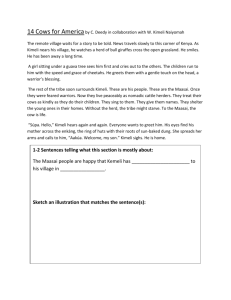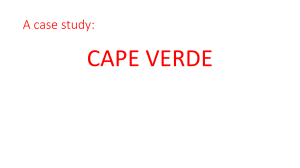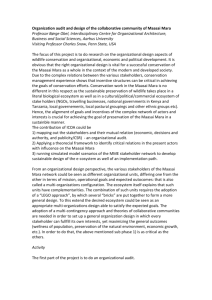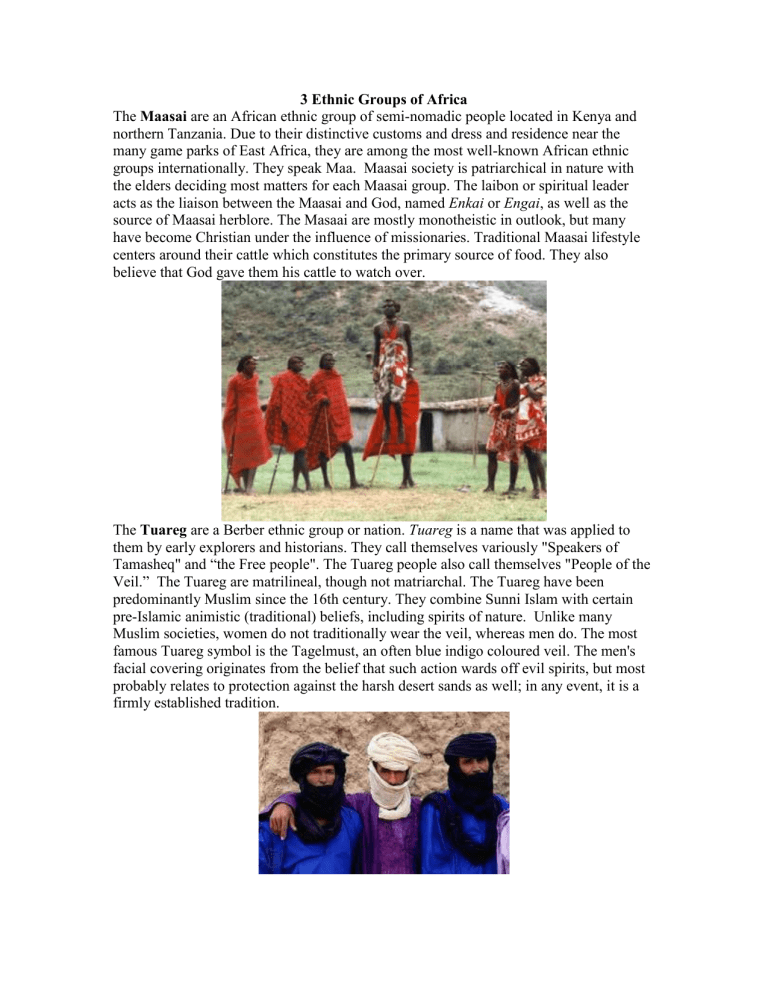
3 Ethnic Groups of Africa The Maasai are an African ethnic group of semi-nomadic people located in Kenya and northern Tanzania. Due to their distinctive customs and dress and residence near the many game parks of East Africa, they are among the most well-known African ethnic groups internationally. They speak Maa. Maasai society is patriarchical in nature with the elders deciding most matters for each Maasai group. The laibon or spiritual leader acts as the liaison between the Maasai and God, named Enkai or Engai, as well as the source of Maasai herblore. The Masaai are mostly monotheistic in outlook, but many have become Christian under the influence of missionaries. Traditional Maasai lifestyle centers around their cattle which constitutes the primary source of food. They also believe that God gave them his cattle to watch over. The Tuareg are a Berber ethnic group or nation. Tuareg is a name that was applied to them by early explorers and historians. They call themselves variously "Speakers of Tamasheq" and “the Free people". The Tuareg people also call themselves "People of the Veil.” The Tuareg are matrilineal, though not matriarchal. The Tuareg have been predominantly Muslim since the 16th century. They combine Sunni Islam with certain pre-Islamic animistic (traditional) beliefs, including spirits of nature. Unlike many Muslim societies, women do not traditionally wear the veil, whereas men do. The most famous Tuareg symbol is the Tagelmust, an often blue indigo coloured veil. The men's facial covering originates from the belief that such action wards off evil spirits, but most probably relates to protection against the harsh desert sands as well; in any event, it is a firmly established tradition. The Mandinka (also known as Mandingo) are a Mande people of West Africa, who all descend physically or culturally from the ancient Mali Empire. Mandinka founded an empire which stretched across West Africa. They migrated west from the Niger River basin in search of better agricultural lands and more opportunities for conquest. During this expansion, they established their rule from modern day Gambia to Guinea. Between 1855 and 1890 the Mandinkas converted to Islam. Today, 99% of Mandinka are Muslim. The Mandinka ethnic group live in West Africa. The Mandinkas speak the Mandinka language which is similar to Bambara and Maninka or Malinké, and the language is spoken by some 1.2 million Mandinkas. In addition, a large number of West Africans enslaved during the Trans Atlantic Slave Trade in the Americas were Mandinka. Classwork 1. Name two characteristics of the Maasai tribe. 2. Where is the Maasai tribe located? 3. Briefly describe the religion of the Maasai. 4. Name two characteristics of Tuaregs. 5. Name two characteristics of the Mandinka.
